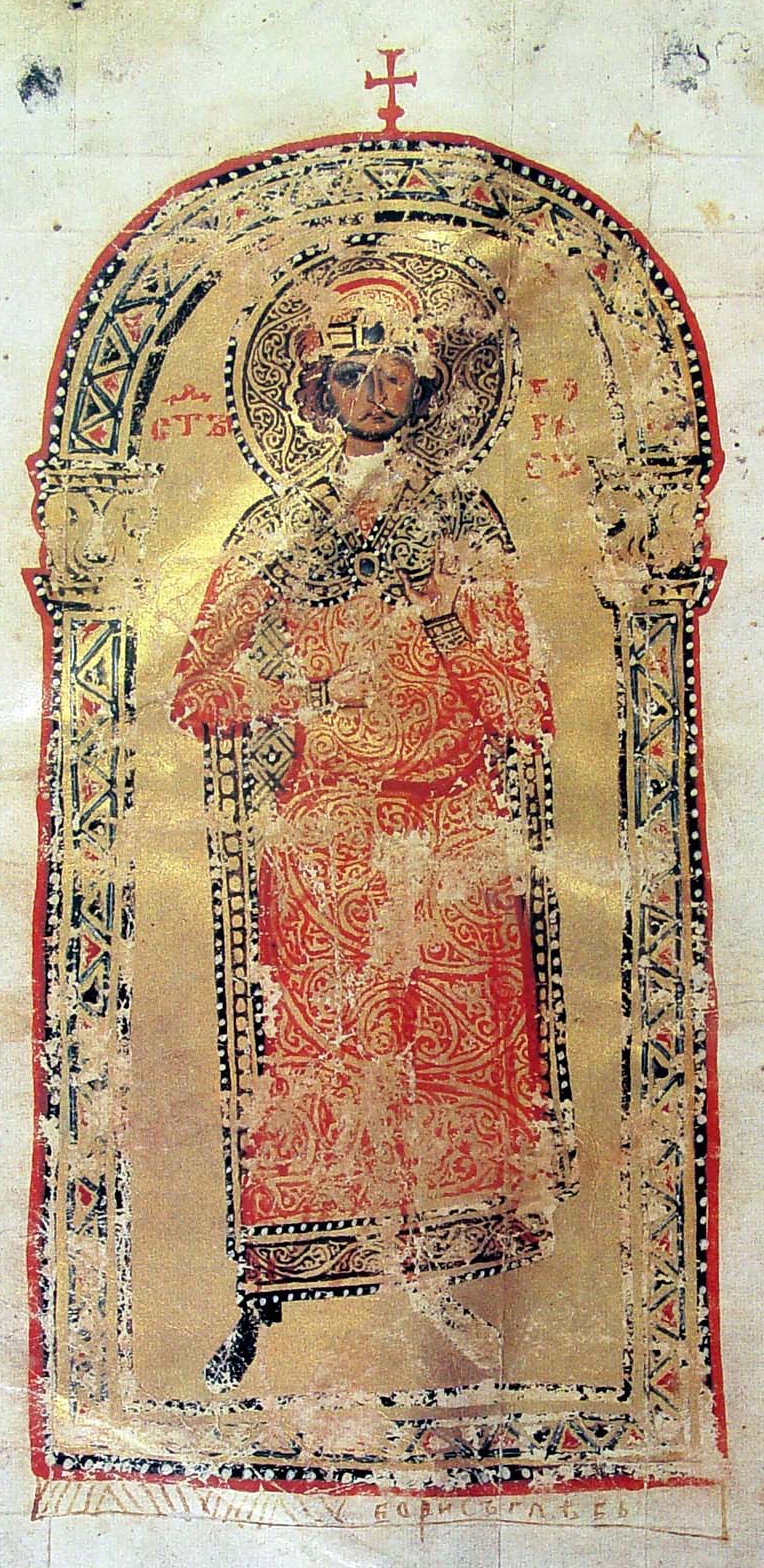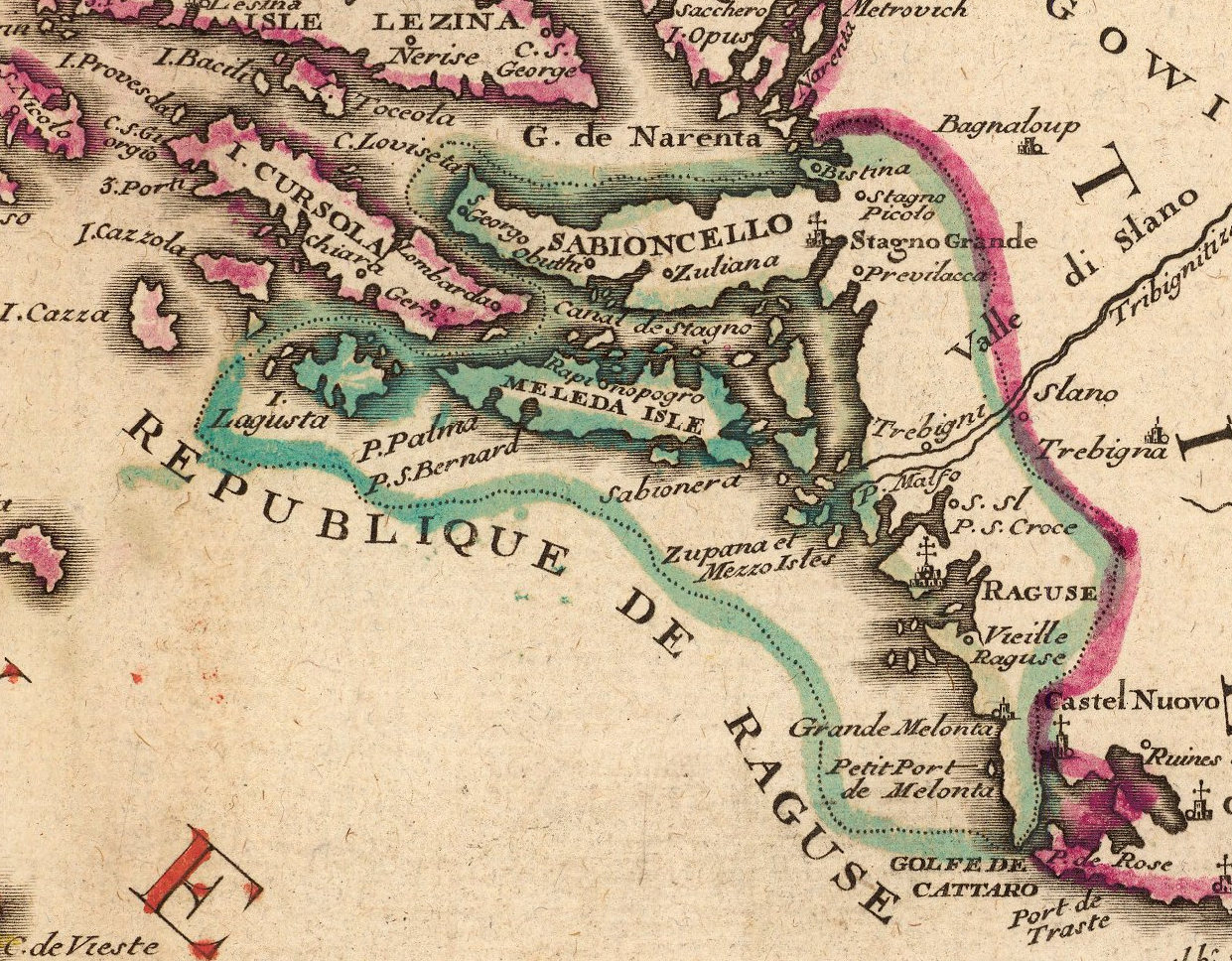|
Rector (politics)
Rectors and rectorates in politics and administration included: Roman ''Rector provinciae'' was a Latin generic term for Roman governor, the governor of a Roman province, known after the time of Suetonius, and specifically a legal term (as used in the Codices of the Emperors Theodosius I and Justinian I) after Emperor Diocletian's Tetrarchy (when they came under the administrative authority of the Vicarius of a diocese and these under a Pretorian prefect), regardless of what their specific titles (of different rank, such as Consularis, Corrector provinciae, Praeses and Proconsul) may have been. Ragusa A similar gubernatorial use or as chief magistrate existed in the Republic of Ragusa (presently Dubrovnik, Croatia), which was governed by a Rector (also used in the Italian form ''Rettore'' and the Slavonic equivalent Knez): * 1358–1808, during the independence of the Ragusan Republic and two years after it was occupied by Napoleonic France in 1806. * one more Rector ... [...More Info...] [...Related Items...] OR: [Wikipedia] [Google] [Baidu] |
Roman Governor
A Roman governor was an official either elected or appointed to be the chief administrator of Roman law throughout one or more of the many Roman province, provinces constituting the Roman Empire. The generic term in Roman legal language was ''rector provinciae,'' regardless of the specific titles, which also reflects the province's intrinsic and strategic status, and corresponding differences in authority. By the time of the early Roman Empire, Empire, two types of provinces existed—Senatorial province, senatorial and Imperial province, imperial—and several types of governor would emerge. Only ''proconsuls'' and ''propraetors'' fell under the classification of promagistrate. Duties of the governor The governor was the province's chief judge. He had the sole right to impose capital punishment, and capital cases were normally tried before him. To appeal a governor's decision necessitated travelling to Rome and presenting one's case before either the ''Praetor#Praetor urbanus, ... [...More Info...] [...Related Items...] OR: [Wikipedia] [Google] [Baidu] |
Knez (title)
A , also , ''knjaz'' or (), is a historical Slavic title, used both as a royal and noble title in different times. It is usually translated into English as 'prince', 'king' or 'duke', depending on specific historical context and the potentially known Latin equivalents at the time; the word was originally derived from the common Germanic ('king'). Feminine forms of the word may be divided into two groups: * "Princess", be it princess consort (wife of a reigning prince), princess regnant (reigning princess ''suo jure''), or princess regent (reigning on behalf of an underage prince, usually her son after her husband's death) ** Belarusian: ''kniahinia'' (княгіня) ** Bulgarian and Russian: () ** Slovene, Serbo-Croatian, and Macedonian: (in Serbian and Macedonian Cyrillic: ) ** Ukrainian: (княгиня) * "Daughter of the prince" ** Belarusian: ''kniazioŭna'' (князёўна) ** Russian: (; the son of a ''knyaz'' is ' ( in its old form). ** Ukrain ... [...More Info...] [...Related Items...] OR: [Wikipedia] [Google] [Baidu] |
Comtat Venaissin
The (; ; 'County of Venaissin'), often called the for short, was a part of the Papal States from 1274 to 1791, in what is now the region of Southern France. The region was an enclave within the Kingdom of France, comprising the area around the city of Avignon (itself always a separate ) roughly between the Rhône, the Durance and , and a small exclave located to the north around the town of purchased by Pope John XXII. The also bordered (and mostly surrounded) the Principality of Orange. The region is still known informally as the , although this no longer has any political meaning. History In 1096, the Comtat was part of the Margraviate of Provence that was inherited by Raymond IV, Count of Toulouse from William Bertrand of Provence. These lands in the Holy Roman Empire belonged to Joan, Countess of Toulouse, and her husband, Alphonse, Count of Poitiers. Alphonse bequeathed it to the Holy See on his death in 1271. Since this happened during an interregnum, the ... [...More Info...] [...Related Items...] OR: [Wikipedia] [Google] [Baidu] |
Ramon Berenguer III, Count Of Barcelona
Ramon Berenguer III ''the Great'' (11 November 1082 – 23 January or 19 July 1131) was the count of Barcelona, Girona, and Ausona from 1086 (jointly with Berenguer Ramon II and solely from 1097), Besalú from 1111, Cerdanya from 1117, and count of Provence in the Holy Roman Empire, from 1112, all until his death in Barcelona in 1131. As Ramon Berenguer I, he was Count of Provence in right of his wife. Biography Born on 11 November 1082 in Rodez, Viscounty of Rodez, County of Toulouse, Francia, he was the son of Ramon Berenguer II. He succeeded his father to co-rule with his uncle Berenguer Ramon II. He became the sole ruler in 1097, when Berenguer Ramon II was forced into exile. Responding to increased raids into his lands by the Almoravids in 1102, Ramon counter-attacked, assisted by Ermengol V, Count of Urgell, but was defeated and Ermengol killed at the battle of Mollerussa. During his rule Catalan interests were extended on both sides of the Pyrenees. By marriage ... [...More Info...] [...Related Items...] OR: [Wikipedia] [Google] [Baidu] |
Oath
Traditionally, an oath (from Old English, Anglo-Saxon ', also a plight) is a utterance, statement of fact or a promise taken by a Sacred, sacrality as a sign of Truth, verity. A common legal substitute for those who object to making sacred oaths is to give an Affirmation (law), affirmation instead. Nowadays, even when there is no notion of sanctity involved, certain promises said out loud in ceremonial or juridical purpose are referred to as oaths. "To :wikt:swear, swear" is a verb used to describe the taking of an oath; to make a solemn vow. Etymology The word comes from Old English, Anglo-Saxon ': "judicial swearing, solemn appeal to deity in witness of truth or a promise"; from Proto-Germanic language, Proto-Germanic '':wikt:Reconstruction:Proto-Germanic/aiþaz, *aiþaz''; from Proto-Indo-European ''*oi-to-'': "an oath". Common to Celtic and Germanic, possibly a loan-word from one to the other, but the history is obscure and it may be non-Indo-European, in reference to careles ... [...More Info...] [...Related Items...] OR: [Wikipedia] [Google] [Baidu] |
King Of Burgundy
The following is a list of the kings of the two kingdoms of Burgundy, and a number of related political entities devolving from Carolingian machinations over family relations. Kings of the Burgundians * Gebicca (late 4th century – c. 407) * Gundomar I (c. 407 – 411), son of Gebicca * Giselher (c. 407 – 411), son of Gebicca * Gunther (c. 407 – 436), son of Gebicca '' Flavius Aëtius moves the Burgundians into Sapaudia ( Upper Rhône Basin)''. * Gunderic/Gundioc (436–473) opposed by **Chilperic I, brother of Gundioc (443–c. 480) *division of the kingdom among the four sons of Gundioc: **Gundobad (473–516 in Lyon, king of all of Burgundy from 480), **Chilperic II (473–493 in Valence) ** Godomar I (473–486 in Vienne) **Godegisel (473–500, in Vienne and Geneva) * Sigismund, son of Gundobad (516–523) * Godomar or Gundomar, son of Gundobad (523–534) Frankish kings in Burgundy ''Gradually conquered by the ... [...More Info...] [...Related Items...] OR: [Wikipedia] [Google] [Baidu] |
Kingdom Of Burgundy-Arles
The Kingdom of Burgundy, known from the 12th century as the Kingdom of Arles, was a realm established in 933 by the merger of the kingdoms of Upper and Lower Burgundy under King Rudolf II. It was incorporated into the Holy Roman Empire in 1033 and from then on was one of the empire's three constituent realms, together with the Kingdom of Germany and the Kingdom of Italy. By the mid-13th century at the latest, however, it had lost its concrete political relevance. Its territory stretched from the Mediterranean Sea to the High Rhine River in the north, roughly corresponding to the present-day French regions of Provence-Alpes-Côte d'Azur, Rhône-Alpes and Franche-Comté, as well as western Switzerland. Until 1032 it was ruled by independent kings of the Elder House of Welf.''The New Columbia Encyclopedia'' 1975, 150 Carolingian Burgundy Since the conquest of the Ancient Kingdom of Burgundy by the Franks in 534, its territory had been ruled within the Merovingian state, a ... [...More Info...] [...Related Items...] OR: [Wikipedia] [Google] [Baidu] |
Italian Regency Of Carnaro
The Italian Regency of Carnaro () was a self-proclaimed state in the city of Fiume (now Rijeka, Croatia) led by Gabriele d'Annunzio between 1919 and 1920. During World War I (1914–1918), which the Kingdom of Italy entered on the side of the Allies in May 1915, Italy made a pact with the Allies, the Treaty of London, in which it was promised all of the Austrian Littoral, but not the city of Fiume (known in Croatian as Rijeka). Austria-Hungary disintegrated in October 1918 during the final weeks of the war, which ended in the defeat of the Central Powers in November 1918. After the war, at the Paris Peace Conference in 1919, this delineation of territory was confirmed, with Fiume remaining outside of Italy's borders and amalgamated into the Kingdom of the Serbs, Croats and Slovenes (which in 1929 would be renamed the Kingdom of Yugoslavia). As an Italian nationalist, the poet, playwright, orator, journalist, and aristocrat Gabriele D'Annunzio, who had served as an off ... [...More Info...] [...Related Items...] OR: [Wikipedia] [Google] [Baidu] |
Rector's Palace, Dubrovnik
The Rector's Palace (; ) is a palace in the city of Dubrovnik that used to serve as the seat of the Rector (Ragusa), Rector of the Republic of Ragusa between the 14th century and 1808. It was also the seat of the Minor Council and the state administration. Furthermore, it housed an armoury, the powder magazine, the watch house and a prison. History The Rector's Palace was built in the Gothic architecture, Gothic style, but it also has Renaissance architecture, Renaissance and Baroque architecture, Baroque elements, harmoniously combining these elements. Originally it was a site of a defence building in the early Middle Ages. It was destroyed by a fire in 1435 and the city-state decided to build a new palace. The job was offered to the master builder Onofrio della Cava of Naples, who had previously built the aqueduct. It became a Gothic architecture, Gothic building with ornaments sculpted by Pietro di Martino of Milan. A gunpowder explosion badly damaged the building in 1463. The ... [...More Info...] [...Related Items...] OR: [Wikipedia] [Google] [Baidu] |
Republic Of Ragusa
The Republic of Ragusa, or the Republic of Dubrovnik, was an maritime republics, aristocratic maritime republic centered on the city of Dubrovnik (''Ragusa'' in Italian and Latin; ''Raguxa'' in Venetian) in South Dalmatia (today in southernmost Croatia) that carried that name from 1358 until 1808. It reached its commercial peak in the 15th and the 16th centuries, before being conquered by Napoleon's First French Empire, French Empire and formally annexed by the Kingdom of Italy (Napoleonic), Napoleonic Kingdom of Italy in 1808. It had a population of about 30,000 people, of whom 5,000 lived within the city walls. Its motto was "'", a Latin phrase which can be translated as "Liberty is not well sold for all the gold". Names Originally named ' (Latin for "Ragusan municipality" or "community"), in the 14th century it was renamed ' (Latin for ''Ragusan Republic''), first mentioned in 1385. It was nevertheless a Republic under its previous name, although its Rector was appointed b ... [...More Info...] [...Related Items...] OR: [Wikipedia] [Google] [Baidu] |







